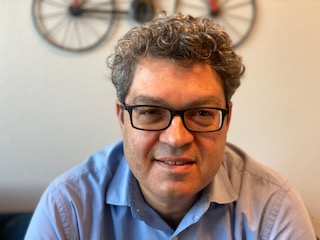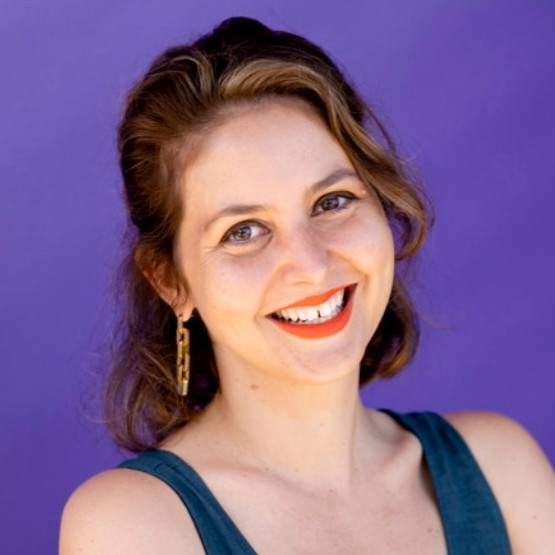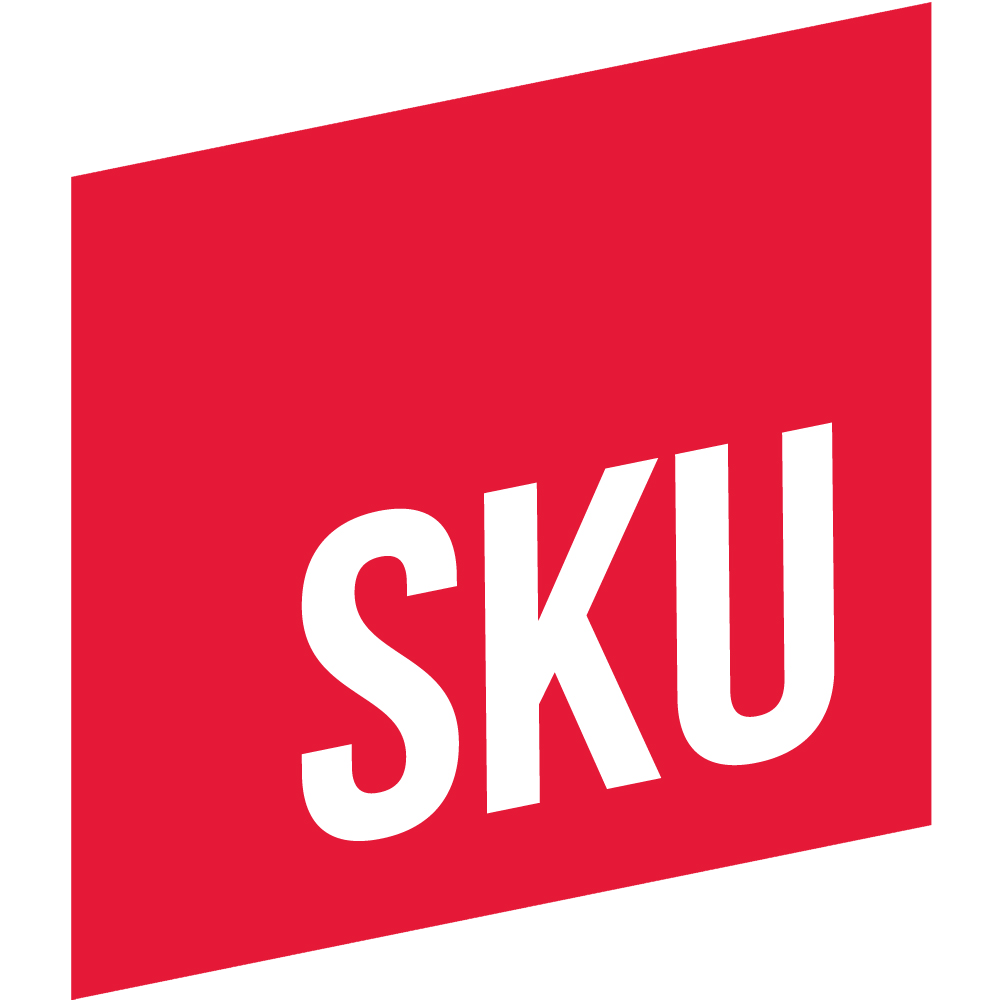
SKU Development Director George Bryson has been very busy.
SKU launched its first track in 2011, and ran a track a year until 2020 when significantly ramped up its programming, adding tracks in New York, Atlanta, Dallas and Minneapolis, as well as the Elevate Track for BIPOC founders. Two thirds of all SKU brands have come through a cohort over the past three years, and many of the early-growth brands are currently fundraising, most with SAFE and Convertible Notes.
Early-stage fundraising isn’t easy, especially in an uncertain market. But many CPG startups are getting money. And Bryson is doing his part to put founders in the best possible position to raise, bringing insights gained over his long career in CPG to the table.
He held operational roles at FIJI Water and Recover 180 and launched to his own beverage brand, Wild Poppy Juice. He has led fundraising rounds with angel investors and has been coaching startups on navigating the fundraising process.
In his current role, Bryson is expanding SKU’s networking with investors and guides SKU founders through the fundraising process, including helping to make connections with potential investors.
Bryson gathered a group of CPG investors and founders together to talk about the most effective ways to raise money. They included angel investor Bella Hughes, founder of Shaka Tea (which was acquired by Irresistible Food Group in February), SKU alum Rosa Li, founder of wildwonder, investor Chris Olivier, a principal of Craft Catalyst and Lindsay Daugherty, an with Bullish, an early-stage consumer venture firm which has invested in such brands as Harry’s, Warby Parker and Nom Nom.
“What’s evergreen is a solid business idea with a plan to grow into something,” Bryson says.

The 3 attributes of a fundable business
No matter the state of the investment market, Bryson says there are three key components to fundable busines
You need a big idea. Innovation, disruption, adding to the offering on the shelf. The founder needs a big dream to inspire them through the good and tough times, and importantly to inspire others.
You need a blueprint for growth to bring that idea to life. A clear and specific 3-year growth goal with a solid cashflow plan to achieve that goal will be a differentiating factor for any CPG startup.
You need to articulate your financial story. “If you’re asking others to invest, you need to be able to articulate what’s in it for them. It’s an inspiration game,” says Bryson.
Sometimes, it about “creating a look of success.” That may mean initially focusing narrowly on a single chain or set of accounts or even a single market to give investors a view of a brand’s potential.
HOW MUCH TO RAISE
One of the biggest questions for many founders is how much to raise. Bryson urges founders to have a specific goal of what “what you want to be in three years.”
“Your raise should be rooted in your game plan, and how much cash you need to get there,” says Bryson. “You need to know what you’re building. Nobody is going to give you money if they don’t believe in your vision and they have no idea what to do with your brand.”
A raise is anchored to the specific cash needed to achieve success will convey much greater credibility especially if the end goal is one that creates something of real value for investors.
The Power of Networking
As you’re raising money, building a network is one of the most important things you can do. You need to create a small network of supporters who can rally around your vision, says Bryson.
Many founders get their initial investment from friends and family. But for some, that may not be an option. So you need to reach out to everyone you know, and everyone you don’t know, says Hughes.
“I was wondering “Where is this random rich family everyone was talking about?” I found it really disheartening,” says Hughes. “But I was able to do it without that network.”
The key she said is getting myself out there. “I went to as many industry events as you could and got really good at pitching. I entered a number of pitch competitions as I could, and I even won a few.”

Olivier agrees. He said there are opportunities at your fingertips, whether it be accelerators like SKU, trade shows or pitch competitions.
“The more people get to know you and your brand, the higher the potential for meeting potential investors.
When Li was raising her first round, she regularly reached out to other founders at similar stages who were sometimes able to connect them with angels. They regularly checked in with each other and encouraged each other to continue their outreach efforts, even when they were discouraged. She also connected with industry veterans.
“Connect on a personal level,” says Li. “It’s easier for people to introduce you if they know your story.”
And you need to be disciplined; You need to hustle.
Li said she found it helpful to set a goal for herself. Every day she would reach out to a certain number of people. “Don’t set too high a goal; It’s intimidating,”
The more people you meet, the greater your chances of getting warm leads. You need make sure you’re prepared, says Olivier. That means always putting your best foot forward. You have to have a polished package to present. Olivier suggests founders partner with service providers who
Targeting the Angels
After friends and family, Bryson and the panelists agree that angels are the best prospects for early-stage investment. They are more likely to provide you with the autonomy you need to follow your own vision rather than somebody else’s.
“Every early stage startup is a hypothesis at its core,” says Bryson. “You’re bringing your vision and energy and as much capital as you can muster up to test that hypothesis. You want to raise from individual investors who are inspired by your vision, believe in your plan, and are ready to participate where you need them. One of your most compelling competitive advantages as an early-stage founder is your ability to create, test, pivot, and operate with much greater resilience than even your billion dollar competitors can.”
He cautions early-stage founders about counting on VC funding out of the gate. VCs are structured to bring enormous support to a business that is already gaining momentum, has a vision and a clear path forward. They tend to be less flexible and come with their own theses and points of view on how your business should be run. In your early stages, much of that is not built out yet
“VCs can fuel growth, open doors, and make magic happen. But, once you lock in with a VC, you’re on the clock and it’s go time,” says Bryson.
According to the Angel Investment Network, there here are an estimated 250K active angel investors in the United States, providing funding to over 30K businesses.. Check size ranges from as little as $5K to upward of $500K.At earlier stages, angels – both individual high net worth individuals and more professional angel investors – usually are much more likely to invest than venture funds.
An angel can be any accredited investor, whether that be a business executive or a seasoned investor. They may be someone who regularly invests in your category or someone who is wowed by your product.
They’re betting on the jockey, not the horse

Many people ask if investors are bullish on particular CPG categories. In many cases the founder – and their ability to sell the vision for their brand – matters more than the product.
“You can take your previous life experience and highlight it in a way that others want to bet on,” Hughes says.
She leveraged her previous successes at fundraising in the arts world which lent her credibility as she raised for her own brand, hammering home the point that you and your credibility as a founder are important factors to successfully raising.
No matter how special your product is, you may face challenges if you’re not able to sell potential investors on you as the founder. It means taking an honest look at your strengths and weaknesses. If your co-founder is more charismatic than you are, you may want to let them be the face of the brand.
Hughes was able to raise money from an investor who never had put money into a food and beverage brand because of her passion and excitement. “He was betting on the jockey, not the horse.”
Taking the Lead
Too many founders fixated on finding a lead investor when raising money. Sometimes, it’s better to be your own lead rather than having the wrong lead.
“While having a lead investor who can fill half of your round is incredible, it should not be your goal and certainly should not hold you back if you don’t have that locked down,” says Bryson. “You want to keep yourself in the center of your business and be your own lead investor.’
Keep your eye on the Ball
Fundraising can be a full-time job. But it shouldn’t get in the way of running your business. If that suffers, it will make raising money much more challenging. If you’re finding it difficult to raise money, take measures to conserve cash.

“Don’t try to do something that you can’t afford to do,” he says. “If you can only afford to roll out 100 stores well, then just do 100 stores. Prove the concept there, and then expand.”
Your playbook needs to be tailored around what you can do well, says Bryson. It’s far more effective to have a smaller set of well executed success stories than to try to be everywhere and risk getting over extended. It becomes extremely difficult to raise once you are in trouble.
“Investors want to be a part of your success, not your savior,” he says.

